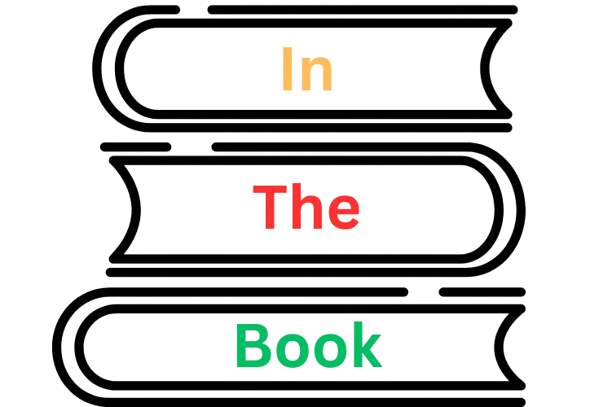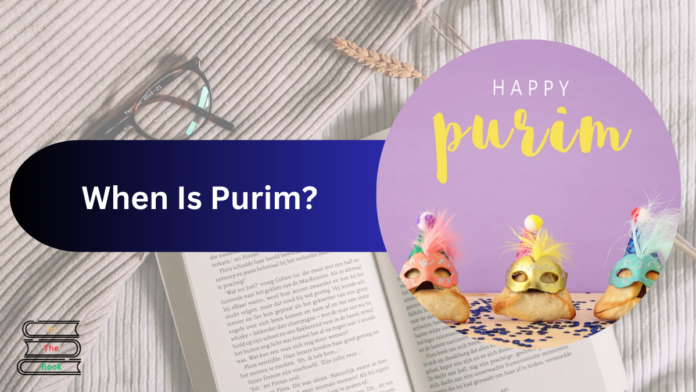Purim is one of the most joyous and colorful holidays in the Jewish calendar. This festive occasion celebrates resilience, courage, and the triumph of good over evil, as told in the Biblical Book of Esther. Let’s dive into the details of Purim—its meaning, traditions, and how you can join in the celebration.
Contents
What Is Purim?
Purim commemorates the salvation of the Jewish people in ancient Persia from Haman, a high-ranking official who plotted to destroy them. Thanks to the bravery of Queen Esther and her cousin Mordechai, the Jewish people were saved. The holiday’s name, “Purim,” comes from the word “pur,” meaning “lot,” referring to the lots Haman cast to choose the date for his evil plan.
The story of Purim is more than just an ancient tale; it is a testament to courage and faith. Queen Esther’s determination to risk her life for her people inspires countless generations, making Purim a powerful reminder of standing up for justice in the face of adversity.
When Is Purim Celebrated?
Purim falls on the 14th day of the Hebrew month of Adar (or Adar II in leap years). Since the Hebrew calendar is lunar-based, the corresponding Gregorian dates vary each year. Purim begins at sunset and ends at nightfall the following day, reflecting the Jewish tradition of marking days from evening to evening.
Quick Reference:
| Year | Date (Starts at Sunset) | Date (Ends at Nightfall) |
|---|---|---|
| 2025 | March 13 | March 14 |
| 2026 | March 2 | March 3 |
| 2027 | March 21 | March 22 |
How Is Purim Celebrated?
Purim is marked by unique customs and lively celebrations that bring communities together. These traditions reflect the themes of the holiday—joy, unity, and gratitude.
1. Reading the Megillah
- The Book of Esther, also known as the Megillah, is read aloud in synagogues, often with dramatic flair.
- Listeners actively participate by cheering for Mordechai and Esther while using noisemakers (groggers) to drown out Haman’s name.
- This interactive tradition adds a fun and engaging element, making it especially exciting for children.
2. Mishloach Manot
- Gift baskets filled with food and treats are exchanged among friends and family, symbolizing friendship and unity.
- Common items include hamantaschen (triangle-shaped pastries), dried fruits, nuts, and wine.
- Many people get creative with their baskets, adding personalized touches or themed presentations.
3. Seudat Purim (Festive Meal)
- A lavish meal is central to the celebration, featuring traditional dishes alongside family favorites.
- Wine and other beverages are enjoyed to enhance the festive spirit, fulfilling the Talmudic teaching to rejoice on Purim.
- Songs, storytelling, and laughter often accompany the meal, creating cherished memories.
4. Charity and Giving
- Acts of kindness and charity are essential to Purim. Gifts (matanot l’evyonim) are given to the poor to ensure everyone can celebrate.
- This practice emphasizes the holiday’s themes of community and compassion, reminding us to think of others even during joyful times.
5. Costumes and Festivities
- Dressing up in costumes is a beloved Purim tradition, symbolizing the hidden miracles in the Purim story.
- Costume themes range from Biblical characters to whimsical and modern interpretations, making it a creative outlet for all ages.
- Parades, plays, and carnivals bring communities together in celebration.
Traditional Foods of Purim
Food plays a significant role in Purim celebrations. The dishes served often carry symbolic meanings linked to the Purim story.
| Dish | Description |
| Hamantaschen | Triangular pastries symbolize Haman’s hat or ears. Filled with poppy seeds, jam, or chocolate. |
| Kreplach | Dumplings filled with meat or potatoes are often served in soup. Symbolizes hidden surprises. |
| Wine | Represents joy and the spirit of celebration. |
| Seudat Purim Foods | A mix of dishes including challah, roasted meats, and vegetarian options, tailored to family traditions. |
Why Is Purim Important?
Purim is more than just a holiday; it’s a celebration of resilience, faith, and unity. Here’s why Purim holds significance:
- Resilience and Bravery: The story of Purim highlights the courage of Esther and Mordechai in the face of immense danger.
- Hidden Miracles: The holiday reminds us of the unseen forces and miracles that shape our lives.
- Unity and Community: From exchanging gifts to giving to the poor, Purim emphasizes the importance of coming together and supporting one another.
Purim’s themes are universal, resonating beyond cultural and religious boundaries. It’s a time to celebrate the power of faith, the strength of standing up for what is right, and the joy of shared triumphs.
How to Celebrate Purim?
If you’re new to Purim or looking for ways to enhance your celebration, here’s a guide:
- Attend a Megillah reading: Visit a local synagogue to experience the story of Esther in a lively and interactive setting. Many communities also host family-friendly readings.
- Prepare mishloach manot: Assemble creative food baskets for friends and family. Include a mix of traditional items and personal favorites for a thoughtful touch.
- Host or attend a festive meal: Share a delicious meal filled with Purim staples and lively conversation. Don’t forget the wine!
- Dress up: Choose a costume that reflects the playful and symbolic nature of the holiday. Get the whole family involved for added fun.
- Give to those in need: Donate to a local charity or directly help someone in your community to share the joy of Purim.
Final Thoughts
Purim is a time to celebrate joy, togetherness, and bravery. It’s an opportunity to reflect on the values of courage and kindness while embracing the festive spirit with your loved ones.
Whether you partake in the traditional customs, enjoy the culinary delights, or simply revel in the joyous atmosphere, Purim offers something for everyone. So mark your calendar, prepare your costumes, and get ready to celebrate one of the most vibrant holidays of the year!
Click here to learn more

Chandler is an avid automobile enthusiast who is passionate about all things on wheels. From the latest car models to classic vintage rides, I love exploring the automotive world’s intricate details and engineering marvels. With years of experience in test-driving, reviewing, and analyzing cars, I provide readers with comprehensive insights and honest opinions.
























